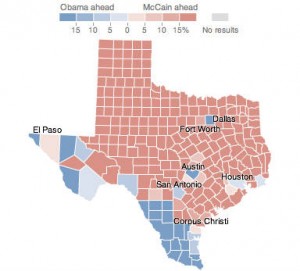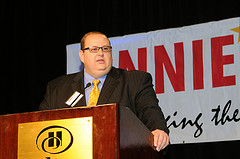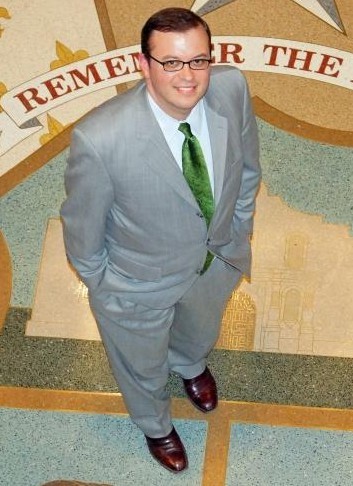Note: This column originally appeared in the Quorum Report. Join us there daily for coverage of Texas politics and government.
Some of the state’s top political number crunchers on both sides of the aisle told business leaders assembled in Austin this past week that the exploding Latino population and the emergence of unmarried women as a political force will shape elections moving forward. But, there’s disagreement about how much and how quickly those changing demographics will matter in 2014 and beyond.
Republican pollster Mike Baselice told several hundred people gathered for the Texas Business Roundtable that, as opposed to a decade ago, people are less likely to want to be identified as Republicans or Democrats. “Voters don’t want to be as associated with ether party as they once were,” he said. Some experts wonder, though, how durable that phenomenon really is. For example, some people who now identify as independent or Tea Party voters are really Republicans – because that’s who they pull the lever for on election day – the fact is they’re just less likely to want to own up to that for right now.
One of the key questions asked of voters by pollsters over the years is which party will do a better job of keeping the country prosperous. Over the decades, that advantage has been volleyed back and forth between the parties, Baselice said, but as 2013 came to a close voters really weren’t sure which party would do a better job of protecting the economy. He also made the case that while President Obama is quite vulnerable with a 42 percent approval rating, Republicans across the country have not been able to take much advantage of it because the GOP isn’t as well-regarded as the Democratic Party.
Baselice pointed to the fast growth of the Latino population, which Democrats often tout as evidence Texas is ripe for becoming a swing state, but said it doesn’t matter in elections as long as those folks don’t show up at the polls. Nearly 40 percent of the population is Hispanic but only 21 percent of the electorate is of that ethnicity and, put simply: Anglos still dominate at the ballot box. 60 to 62 percent of the electorate is white, Baselice said.
When asked about the presence of women at the top of the Democratic ticket this year, namely Sen. Wendy Davis and Sen. Leticia Van de Putte, Baselice said it’s possible that strategy could help turn what has traditionally been an 11 or 12 point race into one that’s decided by more like 5 or 6 points but still ends in a Republican victory. “That in and of itself isn’t enough,” Baselice said.
If the image of the Republican Party was a little better there would not be even a perception that Democrats have an opening to make inroads in Texas, Baselice said. “Republicans aren’t seen as being able to solve problems any better,” he said and added that the math for the Democrats “could start to take form but not take hold.”
On Democratic side, the crowd also heard from former Annie’s List Director Robert Jones, who said it was pretty remarkable that he and Baselice agree on the direction the state is headed. Their main point of disagreement, however, is how quickly the change is happening.
Jones argued the shifts are coming more rapidly than Baselice or many Republicans for that matter would like to admit. Jones pointed to what he calls a “coalition of the ascendant” made up of African-Americans, Latinos, unmarried women, and young people sometimes referred to as Millennials.
Jones said Texas is not a “red” state, but instead is a non-voting state in which some of its most prominent groups don’t turn out on Election Day to choose leaders that would better represent their interests. “We have the worst turnout among minority voting populations in the country,” he said. Texas is a minority-majority state but he said 66 percent who show up to vote are white. That number, you might have noticed, is higher than the number Baselice gave for Anglos in the electorate which was around 61 percent.
Jones said an under-discussed and important group to watch in that “collation of the ascendant” isn’t defined by race or ethnicity but instead by gender and marriage status. Unmarried women have been a decisive factor in national elections, he said. Unmarried women went for Obama 67 to 31 while married women went for Gov. Mitt Romney 53 to 46 percent.
But, none of that is to say ethnicity is not relevant. Jones pointed out that the barrier keeping many Latinos from participating in elections is not legal status but instead that many are simply not yet old enough to vote. The median age for native-born Latinos is age 18 compared to 42 for Anglos. As a result, the Latino share of the age-eligible electorate will rise markedly through generational replacement alone, he said. 800,000 Latinos in the United States turn 18 every year and by the year 2030 that number could jump to around 1 million turning voting age annually, Jones said.
Copyright January 13, 2014, Harvey Kronberg, www.quorumreport.com, All rights are reserved. Reprinted with permission.




